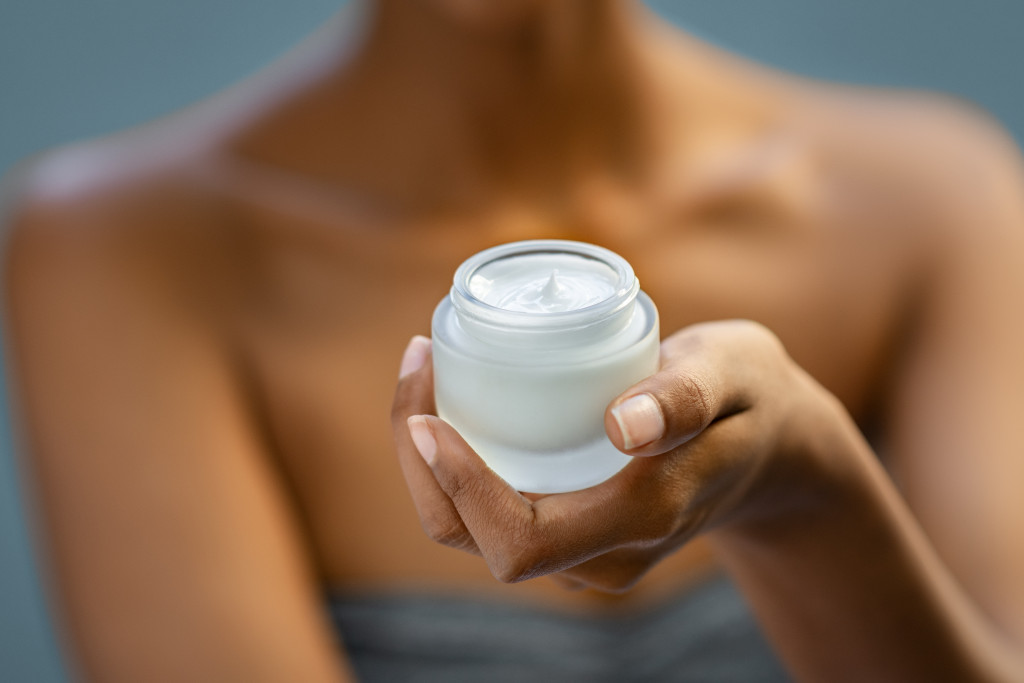• Xeroderma is a common skin condition caused by environmental factors, harsh soaps and cleansers, medical conditions, and aging.
• Symptoms of xeroderma include redness, roughness, tightness, dryness, itching, flaking, cracking, bleeding, and skin infections.
• Treatment of xeroderma includes utilizing body lotions and moisturizers and protecting the skin from the elements.
• Prevention of xeroderma starts with taking good care of your skin by avoiding harsh soaps, using a humidifier, and wearing sunscreen.
Do you suffer from dry, itchy, flaky skin that doesn’t seem to go away? You may have xeroderma, a common skin condition that affects people of all ages. Xeroderma, also known as dry skin, can be caused by various factors, including genetics, environmental factors, and certain medical conditions. Here’s everything you need to know about xeroderma, from its causes and symptoms to its treatment and prevention.
Causes of Xeroderma
Xeroderma can occur for a variety of reasons. Here are some common reasons for the disorder:
Environmental Factors
One of the most common contributors to dry skin is the environment. Living in an air-conditioned environment, low-humidity areas, or cold, dry weather can deprive the skin of its natural moisture, leading to xeroderma. Excessive exposure to hot showers, lengthy baths, or swimming pool water can also cause dryness.
Medical Conditions
Certain medical conditions can cause dry skin. Psoriasis, eczema, and thyroid disorders can lead to itchy and flaky skin. Chronic illnesses, such as diabetes, can also affect skin health. To manage xeroderma caused by medical conditions, consult a dermatologist for diagnosis and treatment.

Nutritional Deficiencies
The outer skin layer requires good nutrition for healthy growth. If the body lacks sufficient vitamins, minerals, and fatty acids, it can cause dry skin. Diets lacking omega-3 fatty acids, vitamins A, C, and E are common areas to explore. A balanced diet should provide the right nutrients to promote healthy skin.
Aging
As we age, the skin’s natural production of oils reduces, leading to dry skin. Additionally, the skin’s barrier function declines, allowing moisture to evaporate easily. This causes wrinkles, flakiness, and increased skin sensitivity. To combat dryness, use a moisturizer with penetrating hydrating ingredients.
Symptoms of Xeroderma
The symptoms of xeroderma can vary depending on the severity of the condition. Mild cases may only result in minor itching and flaking, while more severe cases can cause cracking, bleeding, and skin infections. Common symptoms of xeroderma include redness, roughness, tightness, and constant dryness. Some people may also experience a burning or stinging sensation when applying certain products to their skin.
Treatment of Xeroderma
The good news is that xeroderma can often be treated with simple lifestyle changes and over-the-counter products. Here are some ways you can treat dry skin.

Utilize Body Lotions
Body lotions are some of the best products to replace lost moisture. Look for lotions containing hyaluronic acid, glycerin, or ceramides to draw water into the skin. Use a thin layer of lotion on clean skin at least twice daily for maximum results. If you’re still confused as to which lotions you should use, you check the internet for a guide on how to choose a body lotion. This should give you an idea of the ingredients you should look for.
Moisturizers
Moisturizers are a great way to keep skin hydrated and healthy. Look for products containing natural oils such as coconut, jojoba, or olive oil to help restore the skin’s natural protective barrier. Additionally, moisturizers with SPF can protect your skin from UV rays while nourishing it at the same time.
Protect Your Skin from the Elements
Exposure to extreme weather can cause xeroderma, so protect your skin with gloves in colder climates and sunscreen when it’s warm outside. Wear a hat or scarf to limit direct exposure to UV rays. And avoid taking hot showers or baths; lukewarm water is better for your skin.
Prevention of Xeroderma
Preventing xeroderma starts with taking good care of your skin. Avoid harsh soaps and skincare products that contain alcohol or other irritants. Use a humidifier in your home, especially during the winter months when the air is dry. Drink plenty of water to keep your skin hydrated from the inside out. Finally, wear sunscreen daily to protect your skin from the damaging effects of UV rays.
Xeroderma is a common skin condition that various factors can cause. It’s essential to take good care of your skin to prevent and treat dryness, redness, and itching. You can keep your skin healthy and hydrated with a few lifestyle changes and the right skincare products. If you’re unsure where to start, talk to your doctor or a dermatologist for personalized advice and treatment options. By caring for your skin, you can look and feel your best every day.
